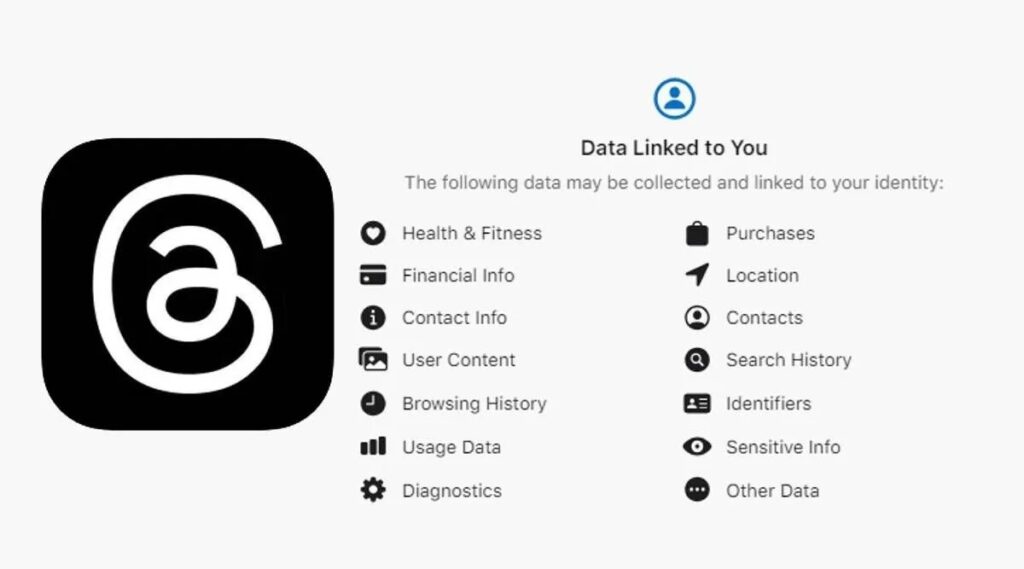In an era where digital connections and professional networking are increasingly essential, LinkedIn has emerged as a powerful tool for career development. It provides a platform to showcase skills, connect with colleagues, and discover new opportunities. However, as I became more aware of digital privacy issues, I decided to stop sharing personal details on LinkedIn. Here’s why.
My Journey to Digital Privacy Awareness
I initially embraced LinkedIn’s potential, eagerly filling out my profile with detailed information about my work history, education, skills, and even personal interests. The more comprehensive my profile, the more visibility I had, and the better my chances seemed for networking and job opportunities.
However, as time went on, I started noticing a few unsettling trends. I received connection requests from unknown individuals and unsolicited messages from recruiters. I began to question who was viewing my information and for what purposes. This led me to research deeper into the implications of sharing personal details on LinkedIn.
The Dangers of Oversharing on LinkedIn
- Data Harvesting and Misuse : LinkedIn profiles are a goldmine for data harvesters. The platform’s extensive collection of personal and professional information makes it a prime target for data mining. Malicious actors can scrape data to create detailed profiles of individuals, which can then be sold to third parties or used for targeted phishing attacks.
- Identity Theft : With enough information from your LinkedIn profile, identity thieves can piece together your personal details, potentially accessing other accounts or committing fraud in your name. Information such as your job history, education, and contact details can be used to impersonate you or answer security questions on other platforms.
- Corporate Espionage : For professionals in competitive industries, LinkedIn can inadvertently expose sensitive information. Competitors can analyze your profile and activities to gain insights into your company’s strategies, projects, or client relationships. This form of corporate espionage can be detrimental to businesses and individual careers.
- Recruitment Scams : Not all recruiters on LinkedIn have genuine intentions. Some may use the platform to lure individuals into fake job offers, often requesting sensitive information such as social security numbers or banking details under the guise of a job application process.
- Privacy Concerns : LinkedIn’s privacy settings can be complex, and many users are unaware of how much of their information is publicly accessible. Even with stringent privacy settings, the platform’s data sharing practices with third-party advertisers and partners can compromise your personal information.
Taking Control of Your Digital Footprint
Recognizing these risks, I decided to take control of my digital footprint on LinkedIn. Here are some steps I took:
- Minimized Personal Information I reduced the amount of personal information on my profile, limiting it to essential professional details. I removed any unnecessary personal details such as my exact employment dates, specific projects, and personal interests that were not directly related to my career.
- Adjusted Privacy Settings I reviewed and adjusted my privacy settings to limit who could see my profile and activities. I made sure that only my connections could view my detailed information and restricted the visibility of my connections list.
- Selective Networking I became more selective about accepting connection requests. I only connected with individuals I knew personally or had a legitimate professional reason to engage with. This reduced the risk of exposing my information to unknown parties.
- Vigilance with Messages I exercised caution with messages from recruiters and unfamiliar contacts, verifying their authenticity before engaging. I also avoided sharing any sensitive information through LinkedIn’s messaging system.
- Regular Profile Audits Periodically, I audit my LinkedIn profile to ensure that it only contains relevant and up-to-date information. This practice helps me stay in control of what I share and who can see it.
There is no doubt LinkedIn remains a valuable tool for professional networking. However it’s essential to be aware of the digital privacy risks associated with the platform. My journey towards greater digital privacy has been eye-opening, and I encourage you to consider the potential risks and take steps to safeguard your personal information.
~Rushen Wickramaratne

